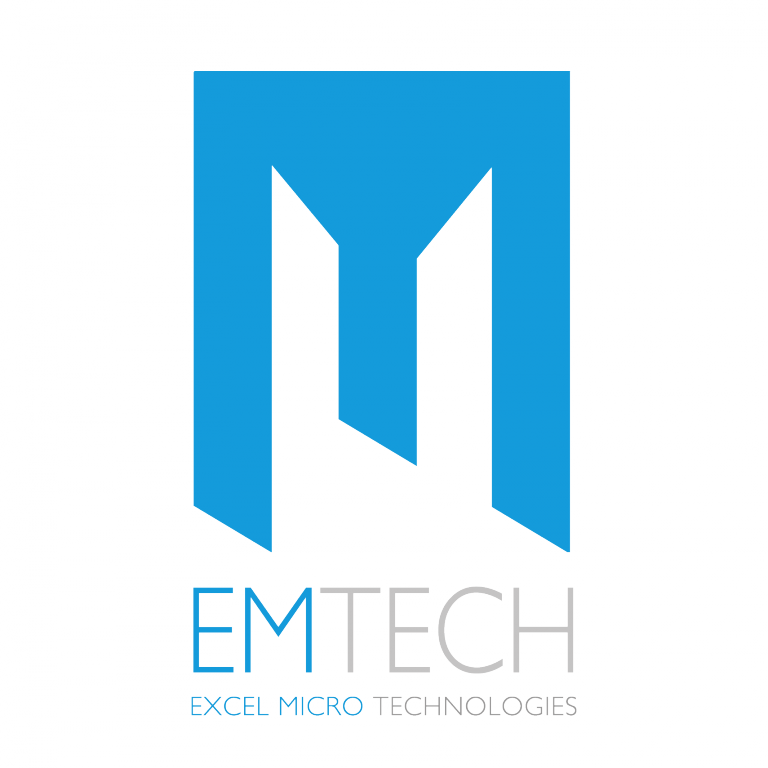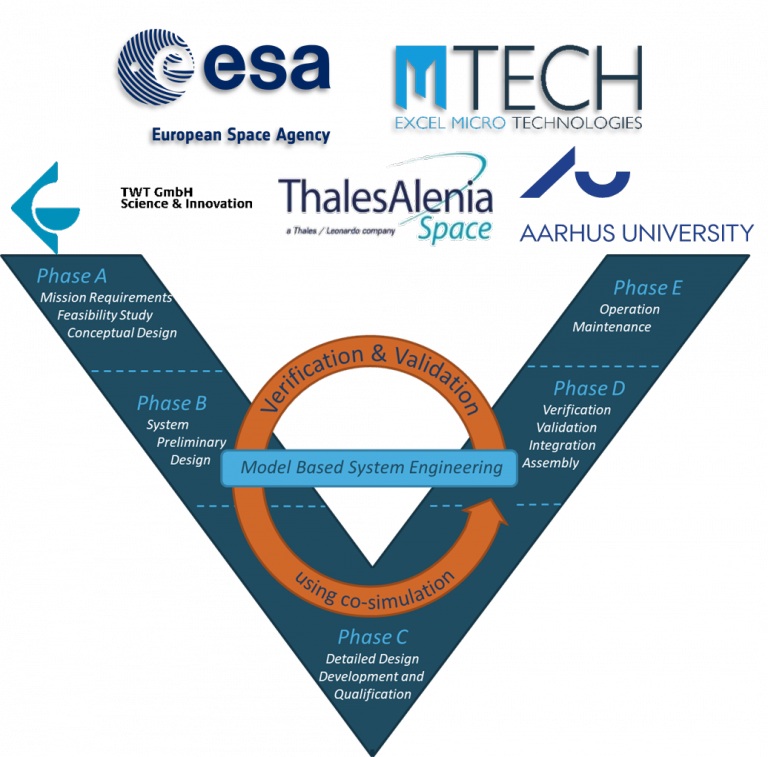2009 – Linux & Multi Core Processor Technology for Simulators
Development of a conservative PDES for SIMSAT, Development of methodology, tools and procedures for Performance Optimization Framework for Operational Simulators, Feasibility study for Dataflow simulation concept in SIMSAT and Operational Simulators.

2011 – Enhancement of SIMSAT Simulation Environment
Development of a conservative PDES for SIMSAT, Development of methodology, tools and procedures for Performance Optimization Framework for Operational Simulators, Feasibility study for Dataflow simulation concept in SIMSAT and Operational Simulators.

2016 – Space simulators’ infrastructure next generation
The “SIMULUS-NG” is a study that will lay the foundation of the infrastructure development for future operational simulators at ESA/ESOC. The study required a trade-off analysis to identify the possible paradigms for future infrastructure, and explore architectural and technological solutions which will form the basis for the design and development of the new generation infrastructure supporting high-fidelity operational simulators in the timescale of ESA missions launching in 2025 onwards.

 |
 |
 |
 |
 |
2017 – JUICE Instruments Independent Software Verification & Validation
Independent Software Verification and Validation (ISVV) must be performed on safety-critical software systems. This is the case for the JUICE instruments where ESA entrusts the spacecraft prime contractor (Airbus) the task of driving and controlling the ISVV activity. The principal aim of ISVV is to increase quality of software products, thereby reducing risks and costs through the software’s operational lifetime. ISVV provides assurance that software performs to the specified confidence level and within its designed parameters and defined requirements.
In this contract, EMTECH performs ISVV activities on the JUICE instruments’ flight software used to perform mission-specific operations. For 15 months, EMTECH will analyze the flight software stored into the Data Processing Unit (DPU) instrument and the RIME instrument software.

2014 – Co-simulation in space simulations
SimBridge is an SMP2 meta-model, designed to provide a flexible and seamless interfacing for SMP2 simulation environments. It is configurable, scalable, and easy-to-use software that can interconnect any external application just by providing a language-specific library or toolbox to handle the message transfer for each such application.
 |
The main objective of the ACOSIM project is the analysis and application of new simulation technologies and frameworks, in particular FMI and Co-Simulation, as enabling technology for the System-Level simulation in support of Verification, Validation and Operations of space-systems. The co-simulation in the space domain is an inevitable evolution of the existing space simulation infrastructures (FES, SVF, TOMS etc.) and the Model Based System Engineering (MBSE) approaches, imposed by the upcoming needs in aerospace simulation industry. In the end of the project, a new Verification & Validation methodology is expected to be produced in order to enable co-simulation in space systems simulation, and an update (draft version) of the ECSS-E-TM-10/21 Technical Memorandum will be generated in order to include the new V&V methodology. | |
 |
 |
 |
 |
 |







